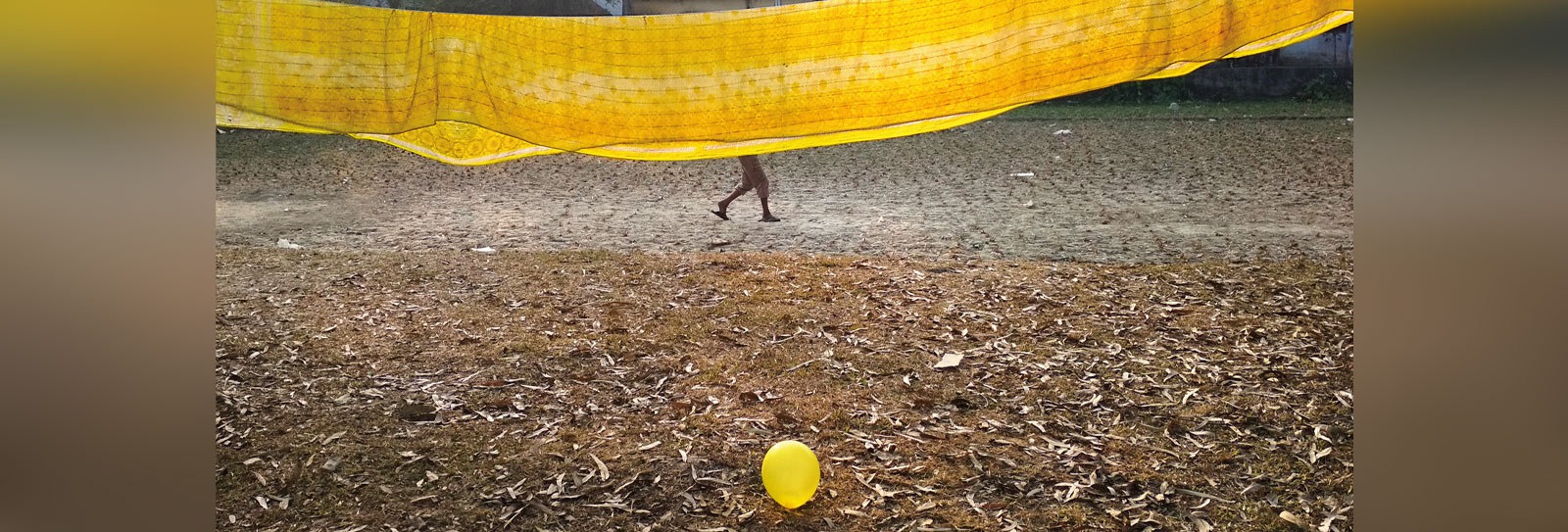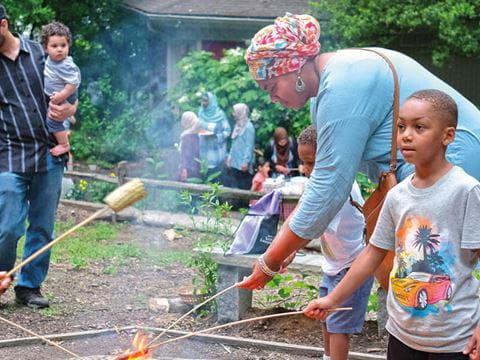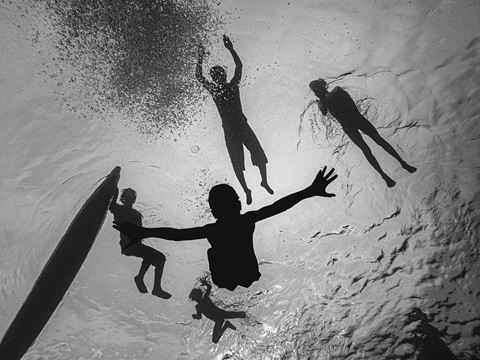
FirstLook: The Sari and the Balloon
On a winter’s afternoon in 2018 in Bogura, Bangladesh, I went out for a walk with my nephew. While walking, I saw a group of toddlers playing with colorful balloons and across from them boys playing cricket. I was struck to see a bright yellow sari hanging to dry in the sun, which really drew me into to the scene.
On a winter’s afternoon in 2018 in Bogura, Bangladesh, I went out for a walk with my nephew. While walking, I saw a group of toddlers playing with colorful balloons and across from them boys playing cricket. I was struck to see a bright yellow sari hanging to dry in the sun, which really drew me into to the scene. I noticed that one of the toddlers had a yellow balloon in their hand and I thought about the composition. I positioned myself and waited there for about 10 minutes before the yellow balloon got away from the kids and landed in front of me. I clicked a photo on my cell phone just before one of them ran over to pick it up.
When on the street, I am always looking for light, color, and connection. This photograph reminds me of the stages of life, and here with beautiful light and color, I drew a line between the toddlers playing with balloons, the boys playing cricket and a woman’s sari. This is how life goes, in its own way.
—Fatima-Tuj-Johora
@fatimatujjohora
fatimatujjohora.com
You may also be interested in...

Spotlight on Photography: Relive the 1980 Grand Prix Through Michael Turner's Racing Photos
Arts
Amid the roar of racers zooming toward the finish line in London during the 1980 Grand Prix, longtime auto-racing photographer and renowned artist Michael Turner trained his lens on a Saudia-Williams FW 07.
Ramadan Picnic Photograph by Zoshia Minto
Arts
On a warm June evening, people gathered at a park in Bethesda, Maryland, for a community potluck dinner welcoming the start of Ramadan.
Ambon Island, East Indonesia by Hengki Koentjoro
Arts
This photo was taken off Ambon Island, East Indonesia in 2010. It is one of my favorites, illustrating the free-spirited nature of the children in the rural archipelago. While some children in the big cities may stay inside and play computer games, the children in Ambon with easy access to the water see the ocean surrounding their village as their playground.